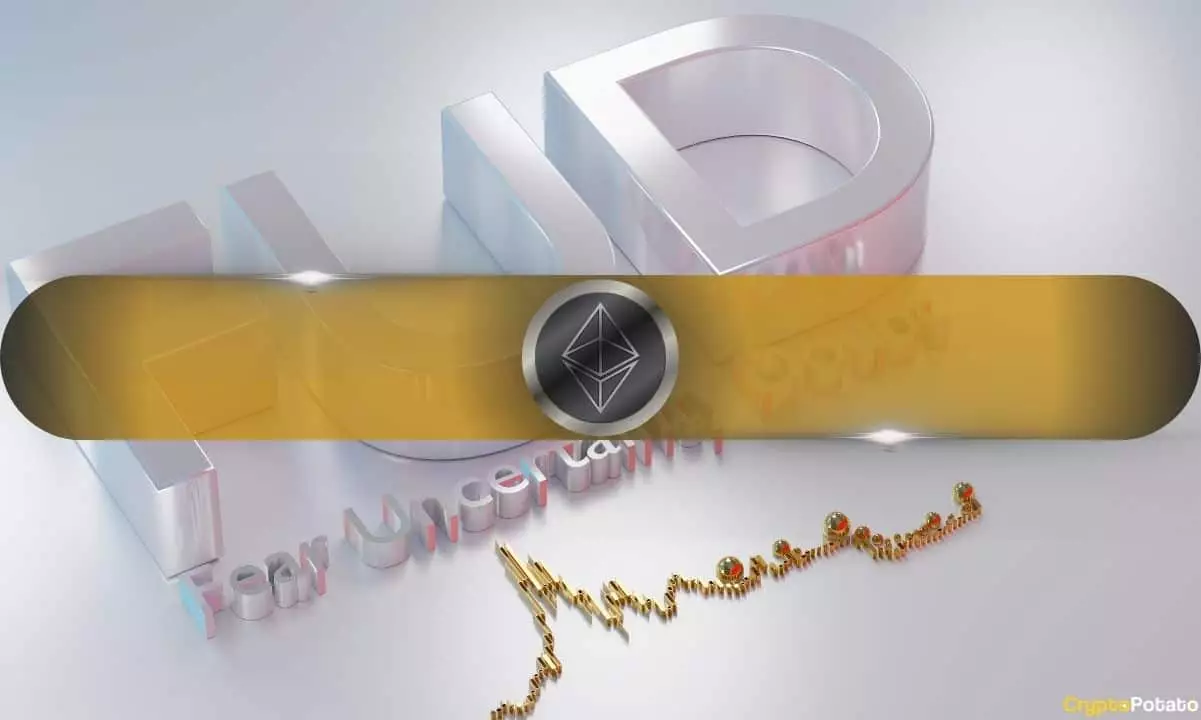Ethereum, the preeminent smart contract platform, finds itself at a crossroads in 2024. As it confronts a growing tide of misinformation and fear, uncertainty, and doubt (FUD), its advocates are rallying to defend the integrity of the ecosystem. This resistance comes at a time when Ethereum (ETH) is grappling with a noticeable underperformance relative to other layer-1 blockchain networks. Investors have begun displaying a pronounced sense of tribalism within the crypto community, particularly as ETH struggles to keep pace with its competitors.
On October 17, a notable dispute surfaced when Anthony Sassano, an independent Ethereum educator and angel investor, vehemently criticized Kyle Samani, co-founder of Multicoin Capital. Samani’s comments, which downplayed Ethereum’s potential value and roadmap, ignited Sassano’s defense of the network. He contended that such assertions were grossly misleading and suggested that Samani’s opinions might stem from frustration over missed investment opportunities in Ethereum. This clash is emblematic of the broader struggle Ethereum faces as it tries to navigate a complex narrative populated by skeptics and critics.
The incident highlights a significant challenge within the cryptocurrency space: the propagation of misinformation. Samani’s observation that Ethereum lacks a coherent roadmap or value accrual model contradicts documented plans for the network’s future. Sassano promptly highlighted the official Ethereum roadmap, asserting that Samani’s claims were unfounded and indicative of a deeper bias against the ecosystem. In a broader context, Sassano suggested that some venture capitalists harbor resentment due to their exclusion from key funding rounds, leading to a bearish sentiment that lacks substantive backing.
Furthermore, Ryan Sean Adams, a prominent voice within the Ethereum community, seeked to dismantle misconceptions regarding the network’s fee structures and revenue generation capabilities. Addressing concerns that have arisen from Ethereum’s price stagnation, Adams pointed out that there is a rising demand for layer-2 solutions, which are designed to enhance accessibility and lower transaction costs for users. The sentiment within the Ethereum community suggests a confidence that fundamentally contradicts the bearish rhetoric proliferated by some critics.
Despite facing challenges, Ethereum has shown resilience. It has secured a position as the network with the highest developer activity, application deployment, and user engagement, far surpassing its rivals in these key metrics. Recent data indicates that while ETH has produced modest gains of around 14% since the beginning of the year, Bitcoin surged ahead with a remarkable 60% increase. Yet, the narrative that Ethereum is underperforming compared to its counterparts is nuanced by the fact that many alternate chain tokens have also experienced significant declines.
For instance, competing blockchain projects like Solana (SOL) and Avalanche (AVAX) have shown poor performance relative to their all-time highs. Ethereum’s present valuation of approximately $2,636 is indeed down 46% from its peak, but this drop is not unique; several other networks are similarly challenged. Cardano (ADA), once seen as Ethereum’s formidable rival, is down a staggering 89%, while Aptos (APT) and others have also struggled to maintain their market positions.
As Ethereum navigates this turbulent phase, its foundational role as a financial infrastructure for various industries is becoming increasingly recognized. Unlike some newer platforms driven primarily by speculative trading, Ethereum’s integration into financial applications by major banks and institutions is pivotal. This integration indicates a growing belief in Ethereum’s utility beyond just a speculative asset.
Moreover, the Ethereum community’s response to misinformation signals a maturation within the ecosystem. Developers, investors, and enthusiasts alike are becoming more vocal in countering negative narratives, demonstrating a collective commitment to safeguarding the network’s reputation. The discourse surrounding Ethereum is not just about price but also about its long-term viability and impact on the global financial landscape.
While the current market conditions and ongoing misinformation present challenges for Ethereum, its community’s resilience and the continued innovation within its ecosystem suggest that it remains a formidable force in the cryptocurrency landscape. As advocates confront misunderstandings and bolster Ethereum’s narrative, the groundwork is being laid for a potential resurgence in both interest and investment in the network.

